Pop art is a fairly modern aesthetic that was created in the mid 1950’s as a result of artists such as Andy Warhol and Keith Haring. The movement was fabricated as a statement that criticized the fine art’s negative views of mundane or commercialized art, and pop artists generally worked with bright colors, and simplistic and recognizable forms. An example of this new attitude can be found in Warhol’s CampBell Soup series, which depicts the most common of objects with fine art techniques, mocking snobbish art critics with a high depiction of simple canned goods. The vibrant colors make these paintings stand out from their surroundings too, becoming jarring and prominent features of the wall, emerging from their surroundings; extremely unlike traditional paintings, which often are subtle, and blend into the background.
Pop art is meant to be noticed, to be a focal point of the room, to spark conversation and in some cases, controversy. Keith Haring’s work was extremely controversial, for a variety of reasons. Haring believed that artwork was meant to be shared with the people, from the noblest of art museums to the most mundane of New York’s subways. Haring was also a prominent activist, often including messages in his pieces on controversial issues of the day, from AIDS to capitalism. These messages were delivered in such a bold way that the artist’s feelings on the subjects had no chance to be misinterpreted, and the viewer had to be faced with the messages, as harsh as they may be.
The bold colors and upfront messages gave pop culture a sort of “gimmick” too; and it can be clear that those within the movement knew that their work would be seen as a joke, and as such, shouldn’t be taken all too seriously to begin with. Roy Lichtenstien’s work is a perfect example of the new mindset that came with the movement; one that embraced the irony of it all. By coloring his figures using the classic comic-book style dot pattern, he, “…was elevating commercial images from comics, and ads into art.” (Stamberg, 2012). Lichtenstien’s iconic Ohhh … Alright … is a prime example of the pop art mindset, as his work used such common techniques that its value was no longer intrinsic, but subjective to the viewer.
The movement is recognized to have come to an end in the late 1990’s, but its influences can still be felt today. Artists such as Banksy keep pop art alive in spirit, adopting a similar mindset, though using different mediums and adopting a more politicized tone. His Girl With Balloon is perhaps his most iconic of pieces, and through its simplistic and recognizable imagery, he’s able to make a statement whilst keeping the artwork simple and accessible.
Pop art is meant for everyone; it is meant to be bold, vibrant, and harsh. It is meant to be seen in the darkest alleyways to the brightest museums. Pop art’s aesthetic draws the eye, and brightens up any room, sparking conversation, thought, controversy, and immediate recognition all at once. The sheer accessibility of the style can give its viewers an immense appreciation for the artwork we see everyday, and that sentiment cannot be understated.
Banksy. Girl with Balloon . Banksy , Waterloo Bridge, South Bank , 2004, Waterloo Bridge, South Bank .
Haring, Keith. Unfinished Painting . Keith Haring , Washington, D.C. , 1989, National Portrait Gallery , Washington, D.C. .
Ignorance = Fear . Keith Haring Foundation , 1989, Whitney Museum of American Art .
Lichtenstein , Roy. Ohhh … Alright … Roy Lichtenstein , 1964.
Polkd. “10 Lesser-Known Facts about Keith Haring.” PBS, Public Broadcasting Service, 21 July 2022, https://www.pbs.org/wnet/americanmasters/10-lesser-known-facts-about-keith-haring/16152/#.
Stamberg, Susan. “One Dot at a Time, Lichtenstein Made Art Pop.” NPR, NPR, 15 Oct. 2012, https://www.npr.org/2012/10/15/162807890/one-dot-at-a-time-lichtenstein-made-art-pop.
Warhol , Andy. Untitled from Marilyn Monroe . Andy Warhol , New York , 1967, The Metropolitan Museum of Art , New York.
Warhol, Andy. Campbell’s Soup Cans . Andy Warhol , 1961, Museum of Modern Art , New York .
Wolf, Justin. “Pop Art Movement Overview.” The Art Story, The Art Story Contributors , 2023, https://www.theartstory.org/movement/pop-art/.
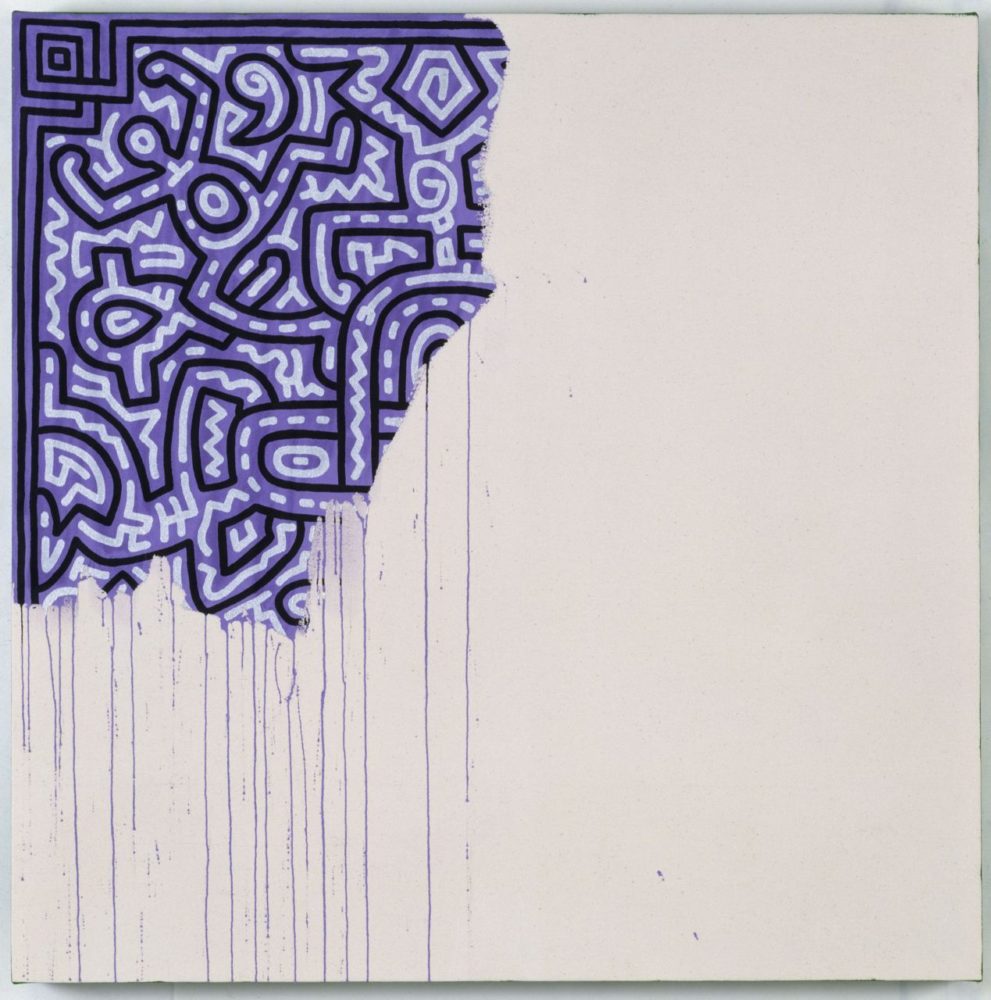
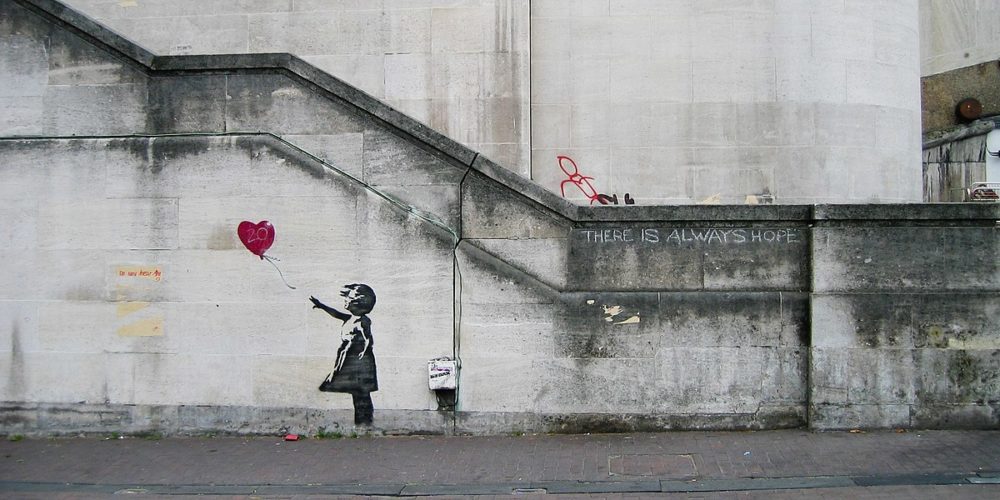
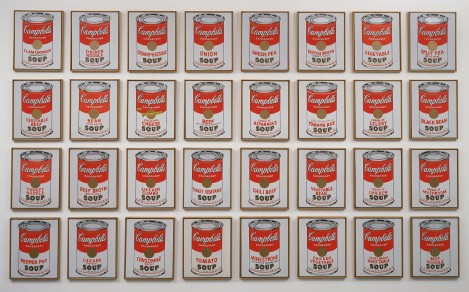
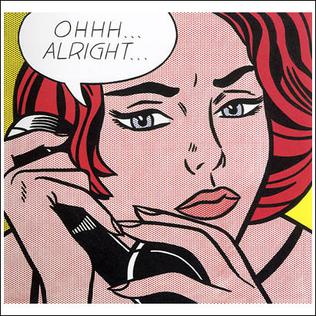
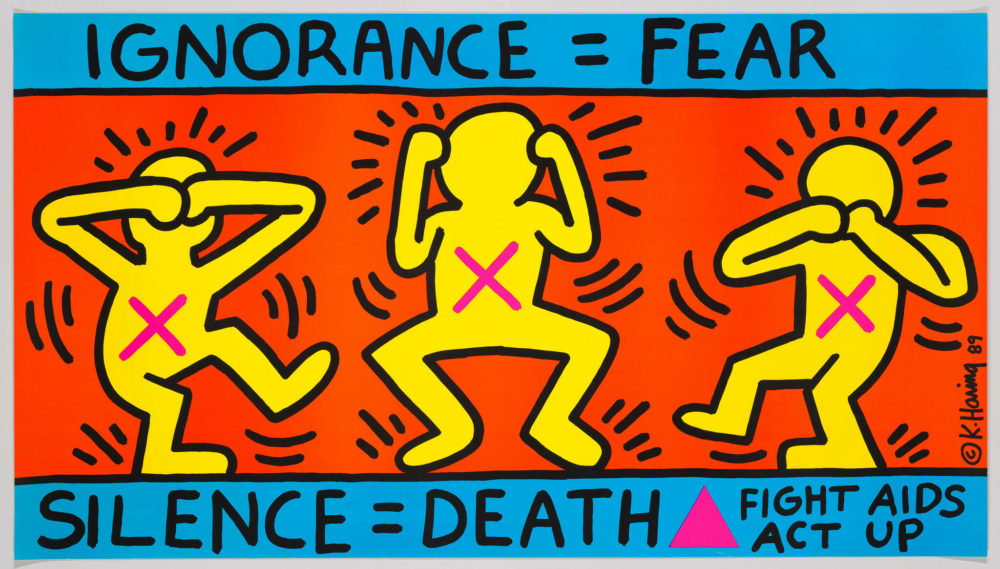
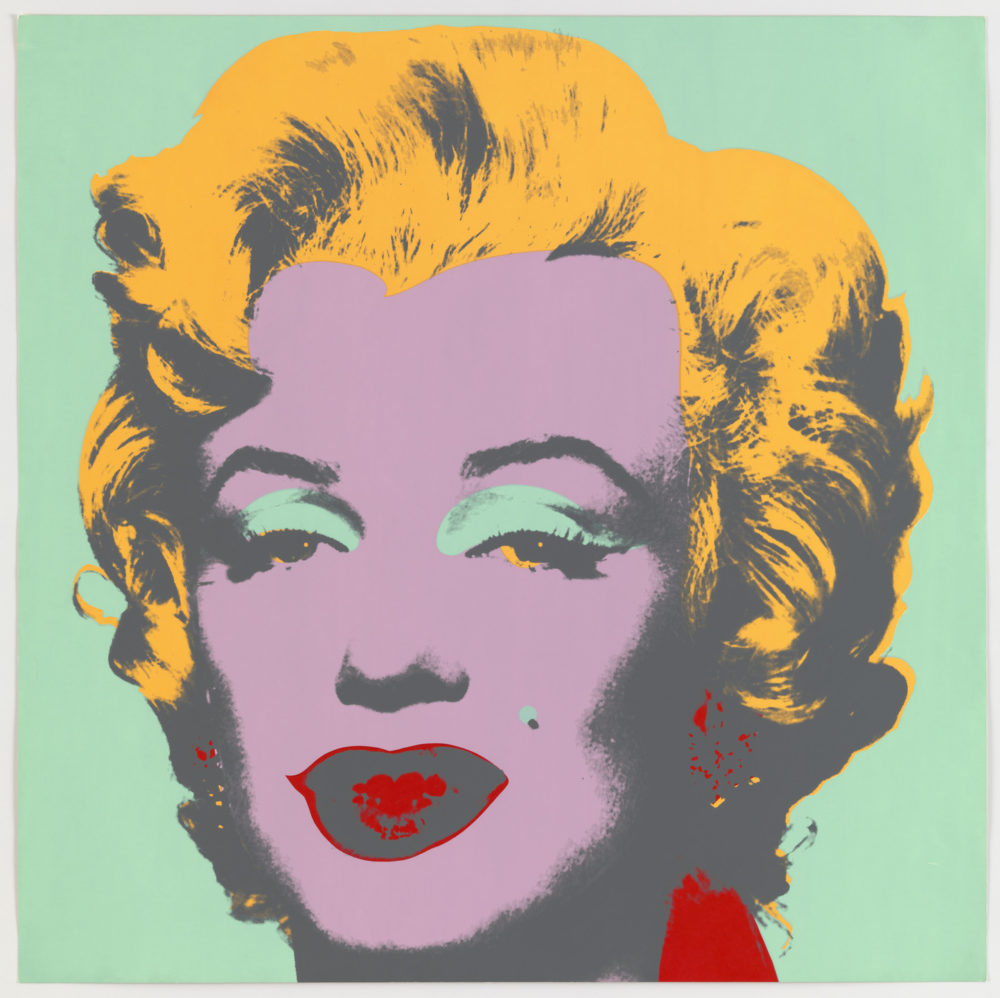

4 Comments. Leave new
I was never the biggest fan of pop art as it seemed too much, but after reading your post and what artist intend to show/ say with this aesthetic i can say i understand why it became so popular. Ive been a fan of Banksy and i never knew his work was influenced by Pop Art. You did a great job with post.
Thank you so much! It was incredibly interesting seeing how pop art has grown and influenced modern artists, and continues to be an influence to this day.
I am really glad you made this post, as pop art holds a special place in my heart! Using simplistic shapes and bold colors sounds tacky on its own, but pop art has influenced much of the way we view the style. As you said, pop art used to be a controversial take the fine art community’s views. Although some artists still use pop art today, it is mostly seen as a retro/vintage art style. How do we view pop art today? How does that affect the original message that pop artists were trying to send?
Thanks for your kind words! From my research, it appears that whilst the main movement of pop art has died out, its effects are still felt to this day, as discussed within the original post. This being stated, I believe that the way the public views pop art today is extremely subjective. To those who don’t understand the history behind pop art, the movement is a shameless and unattractive money grab by the artists; whilst to those who can appreciate the commercialization the movement comments upon and criticism on fine art, the pieces are nothing short of wondrous. Sadly, I believe that the original message is getting forgotten, as most of the public seems to have negative interactions with the pieces, and the attitude associated with the art is overlooked. In sum, the art is incredibly influential, and artists today can draw from the mindset of the original artists, despite the public slowly losing appreciation for the movement.